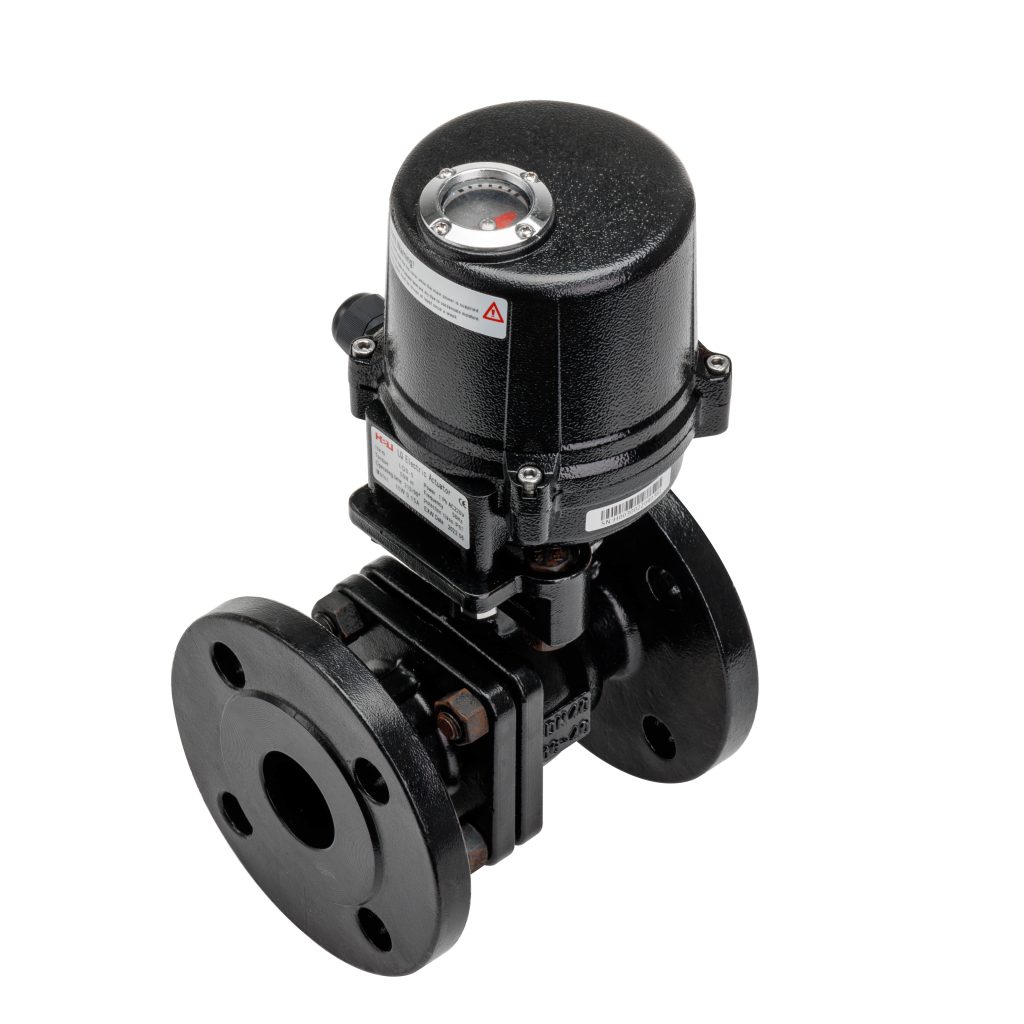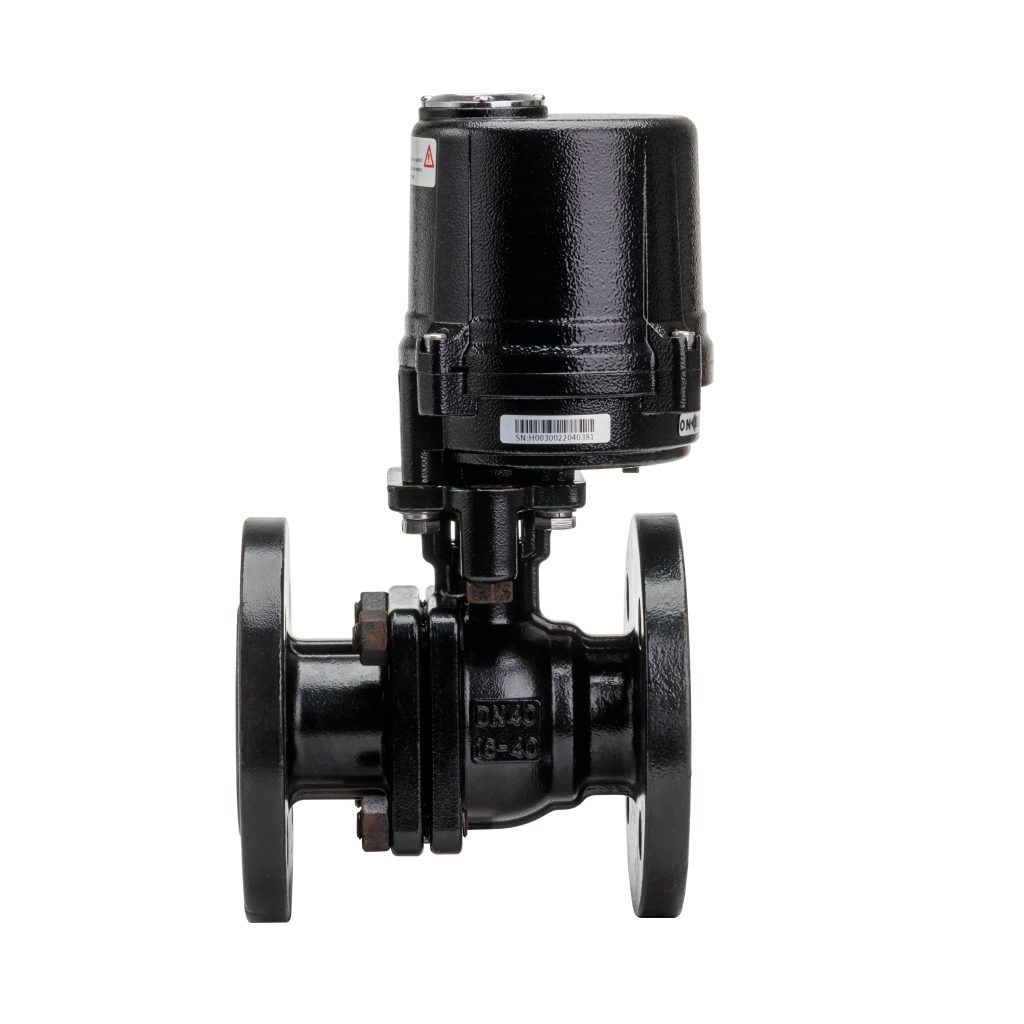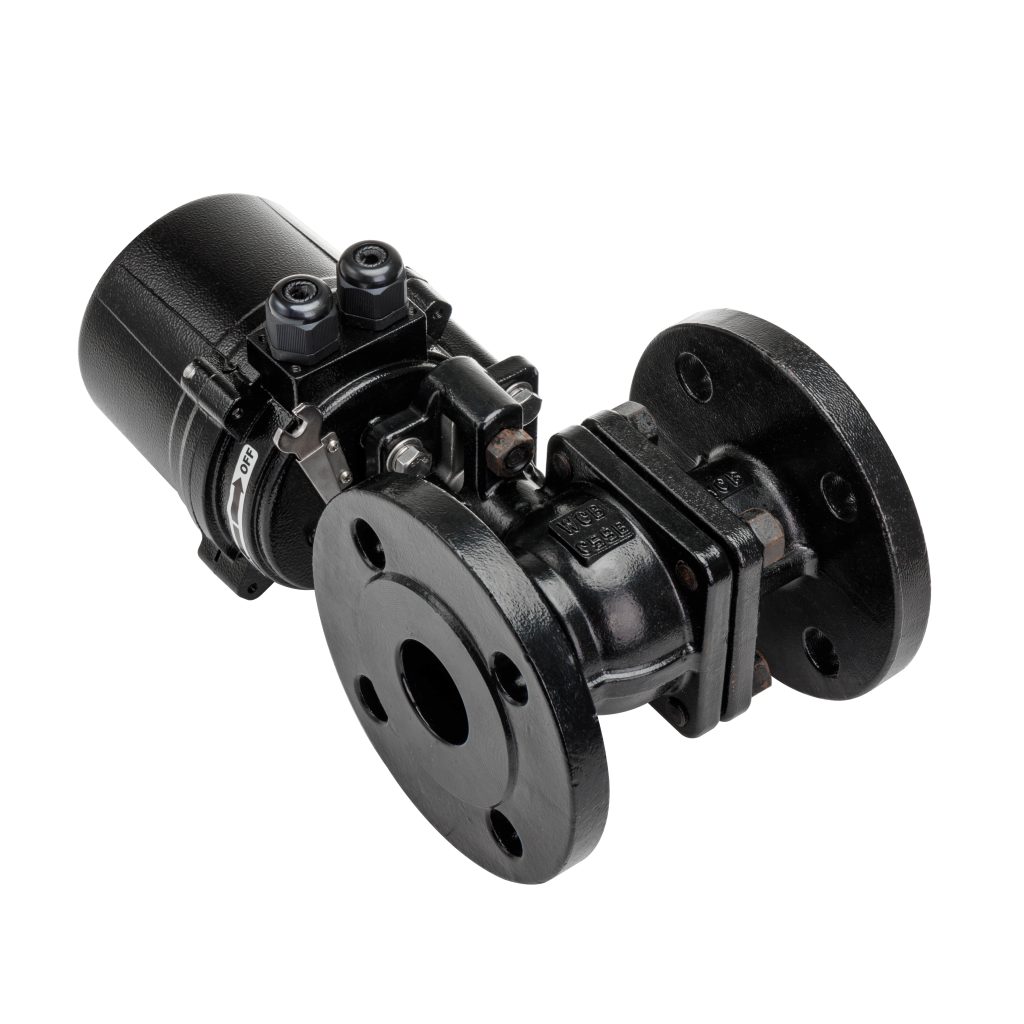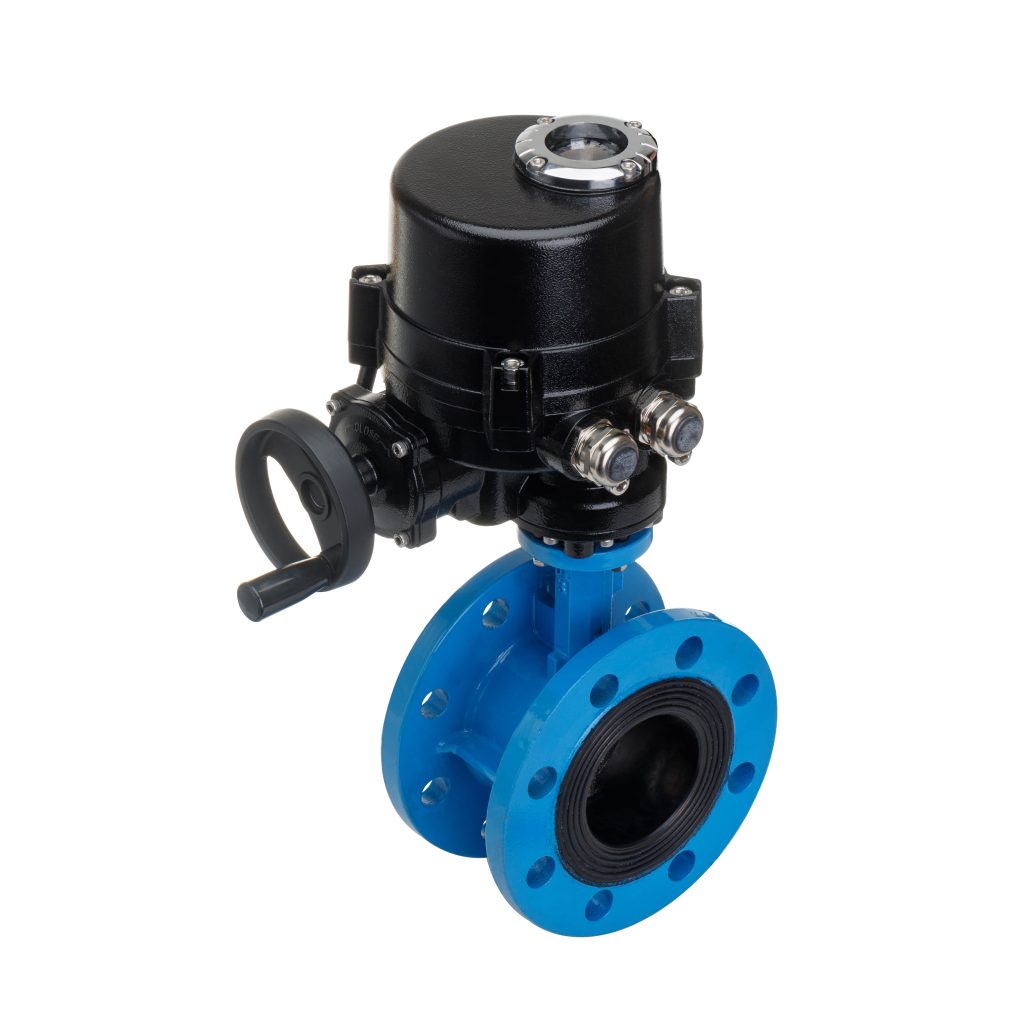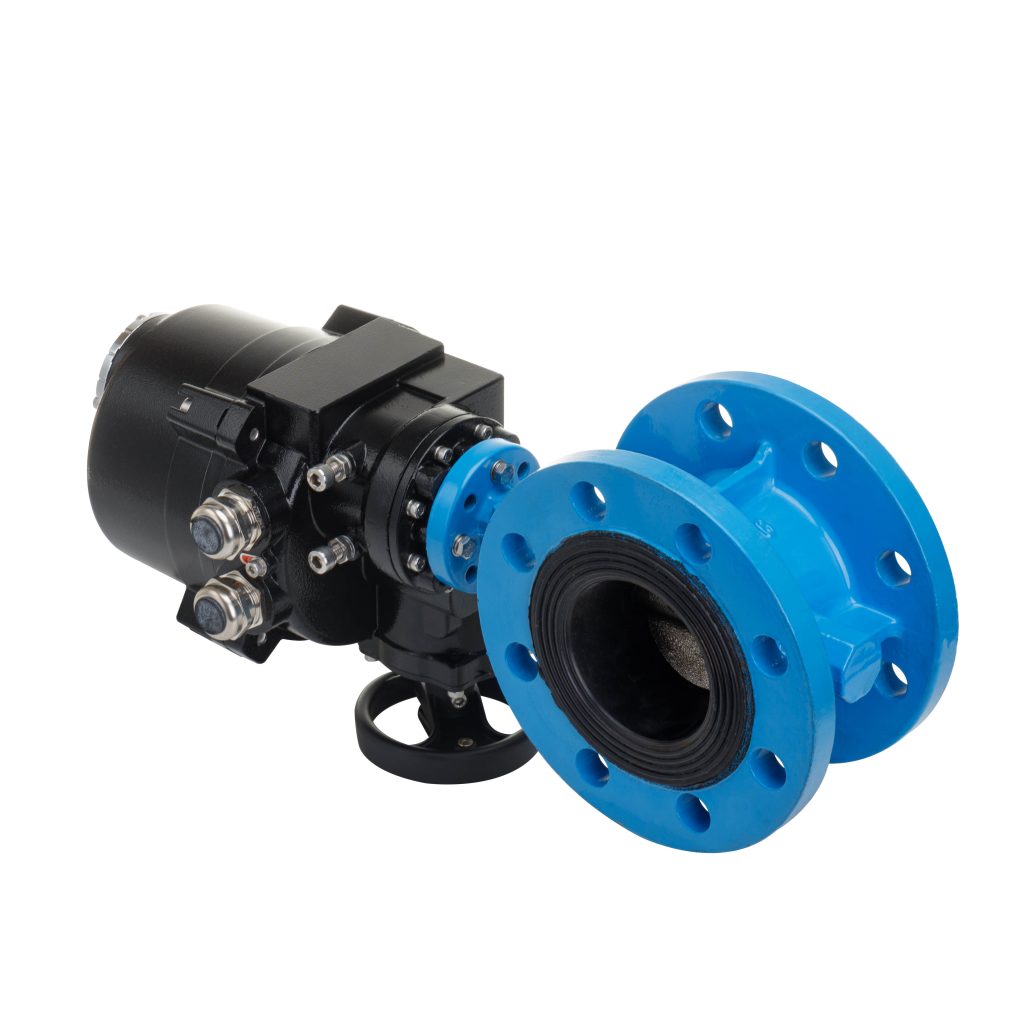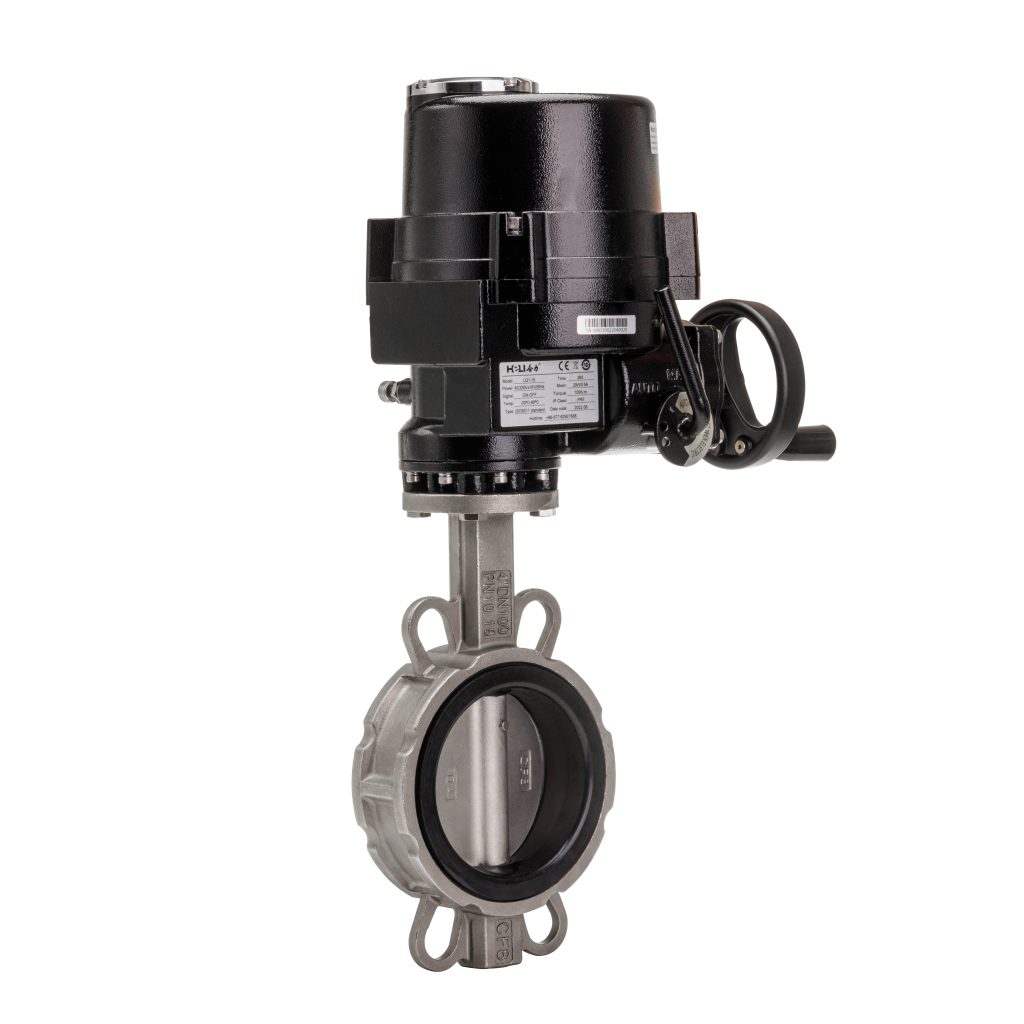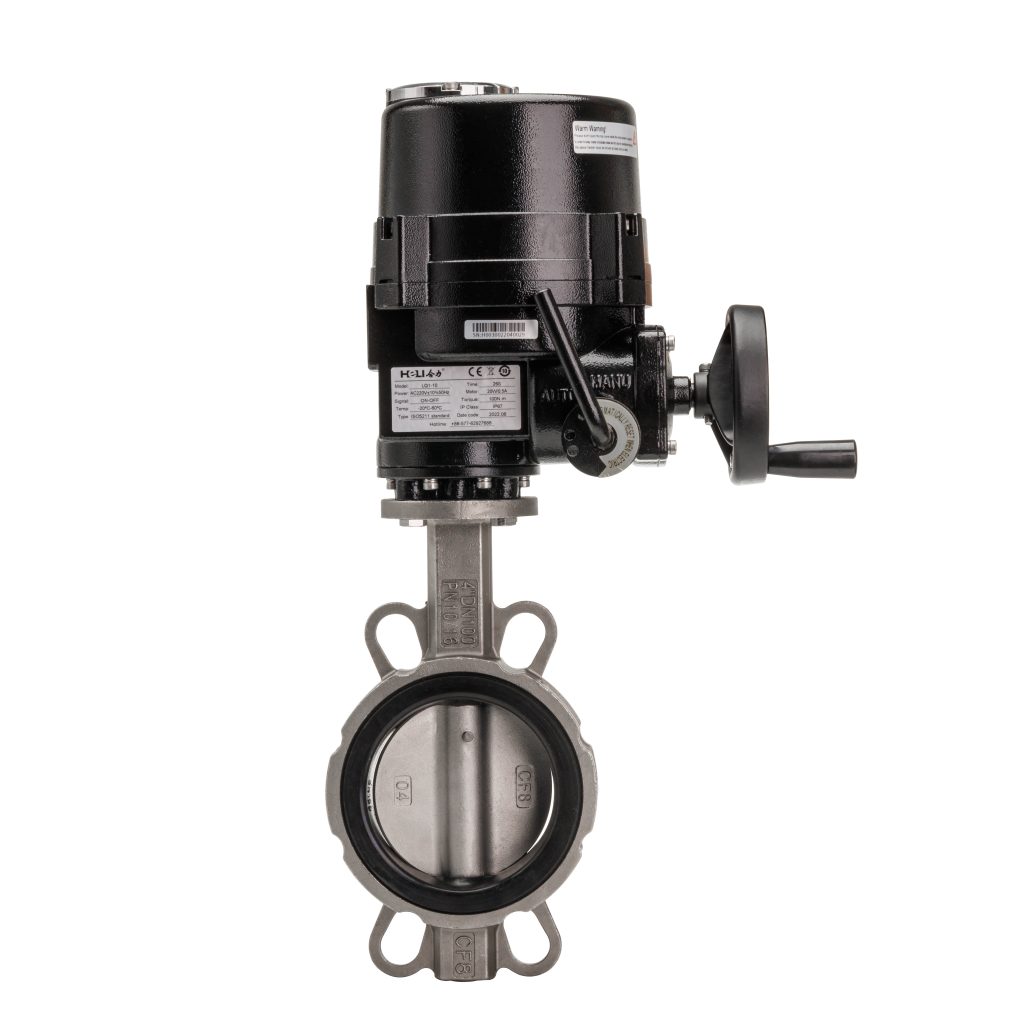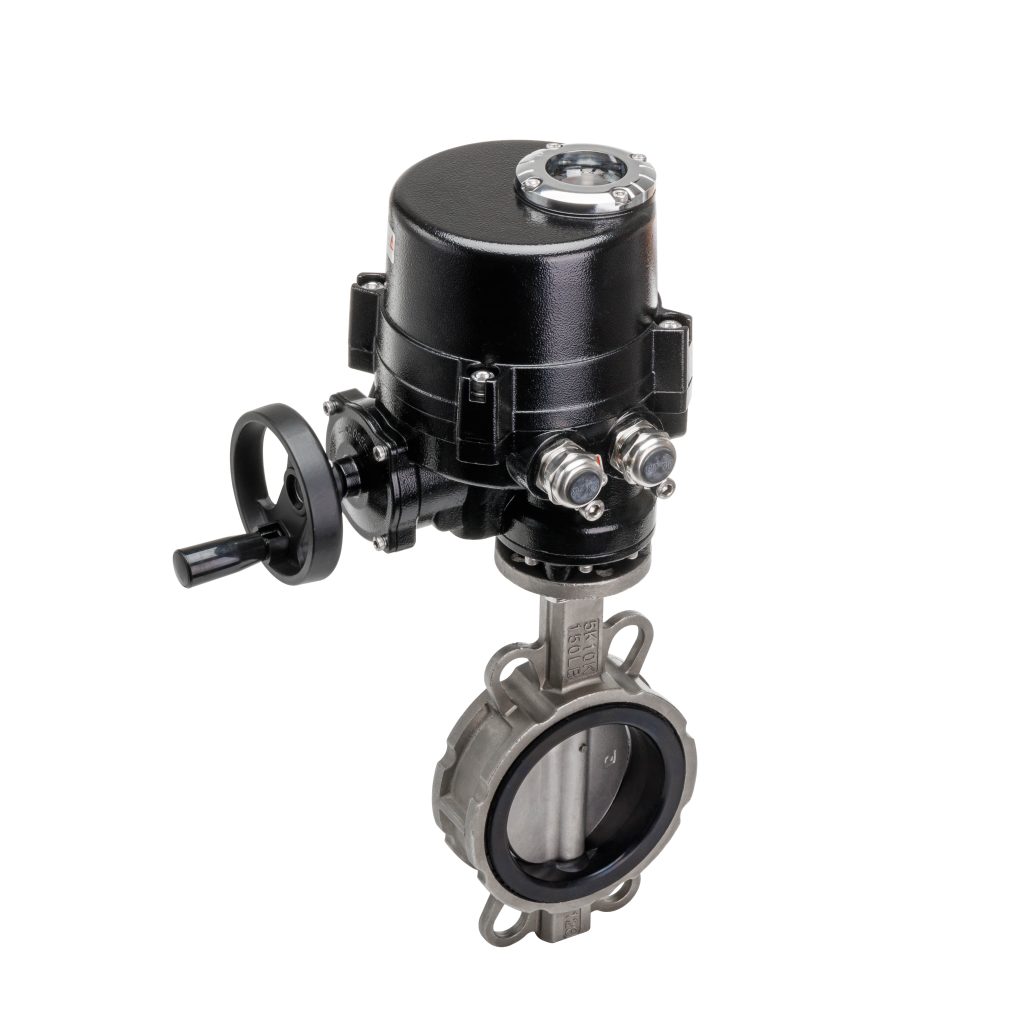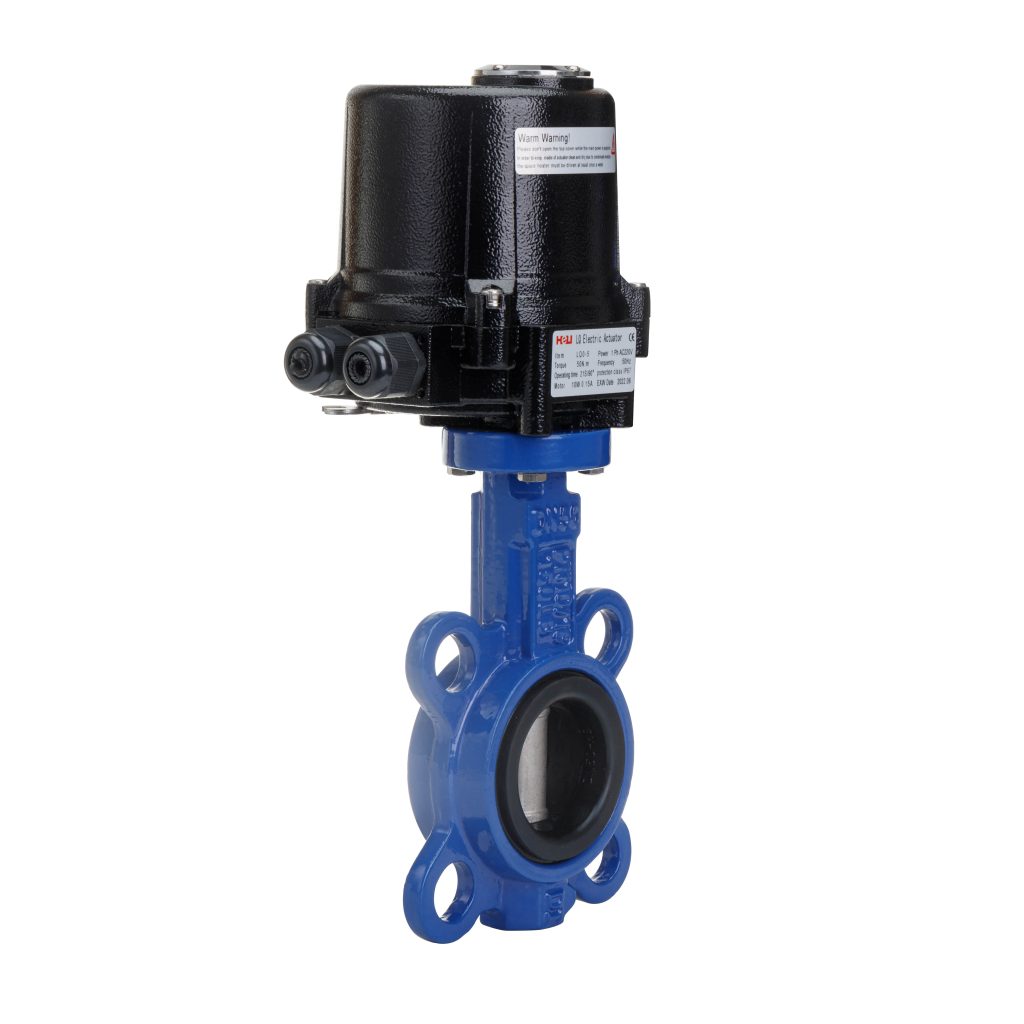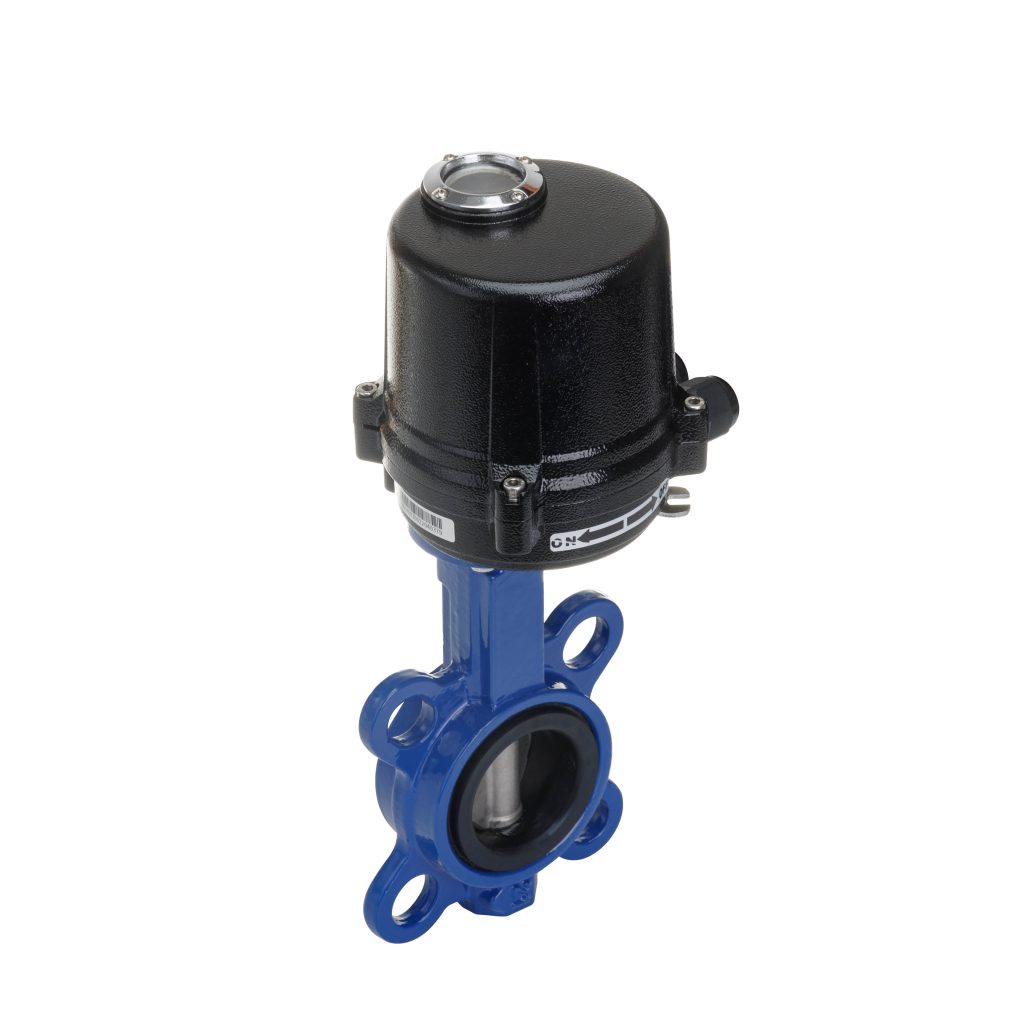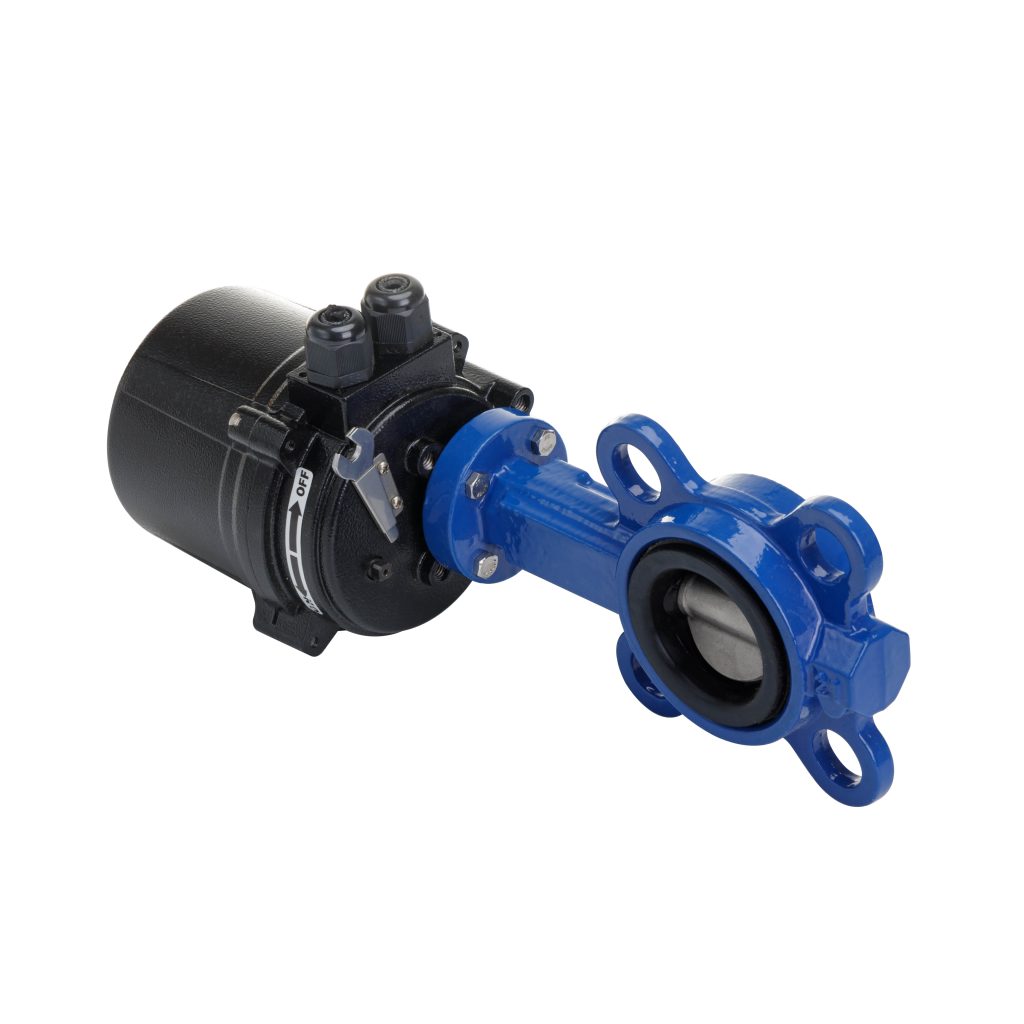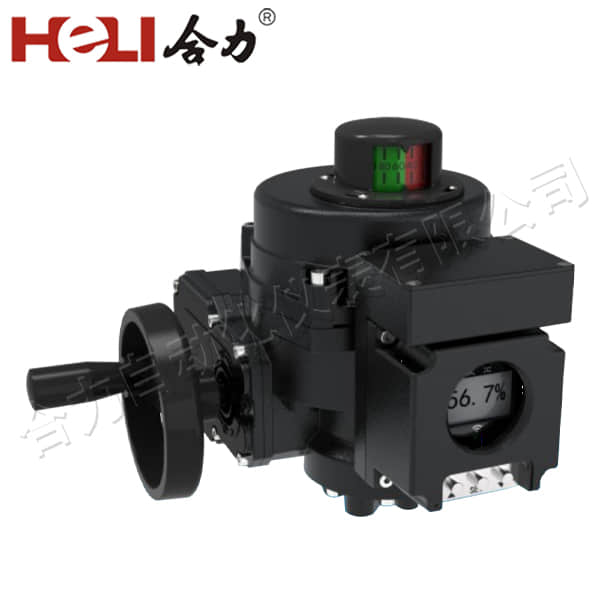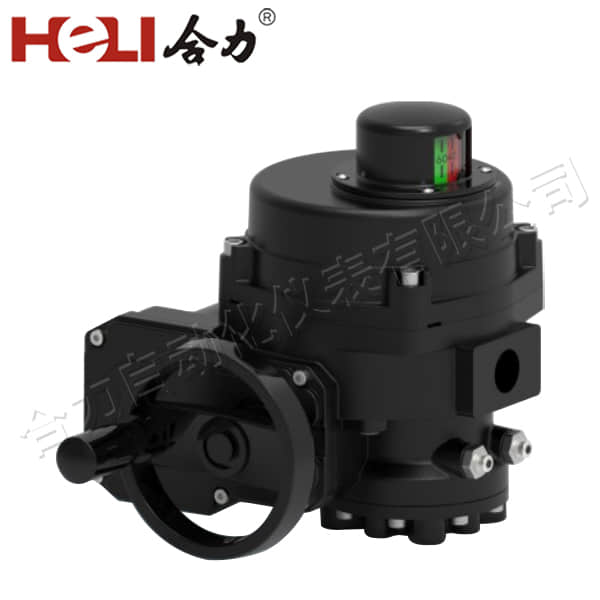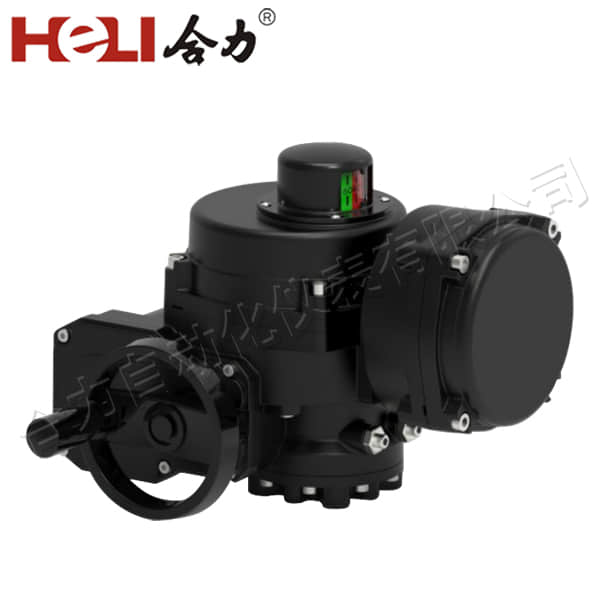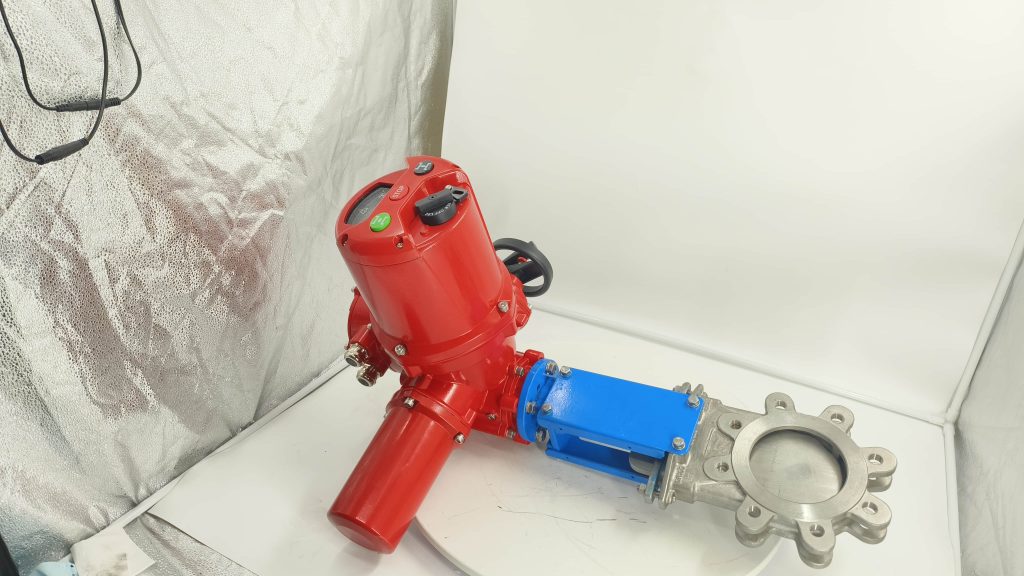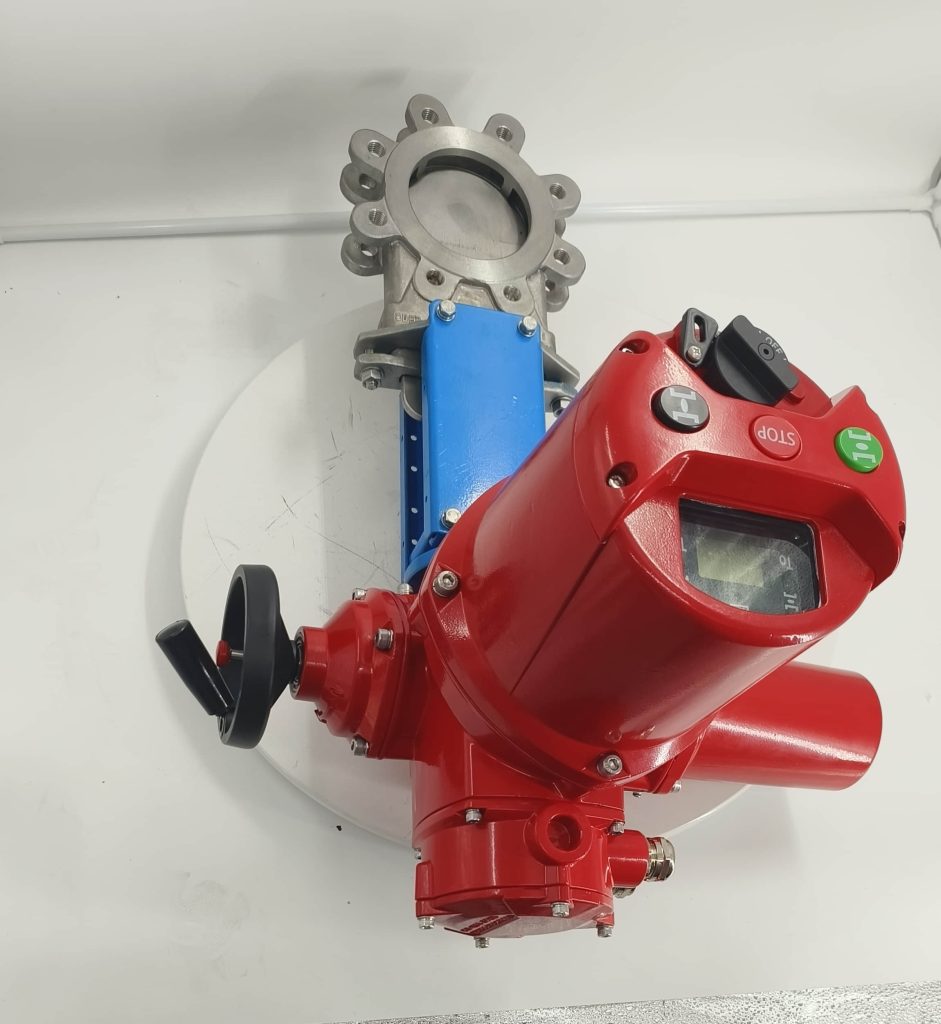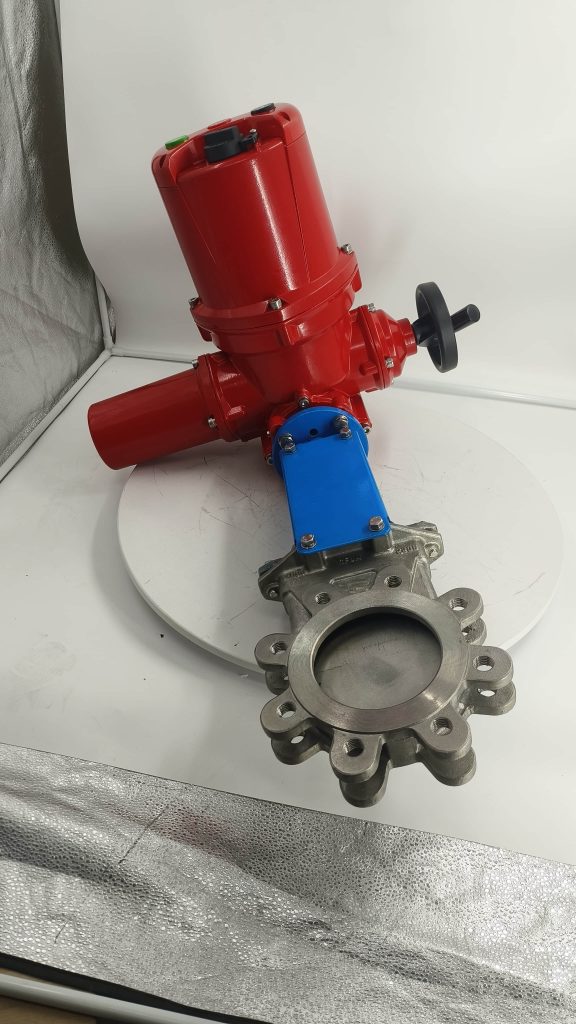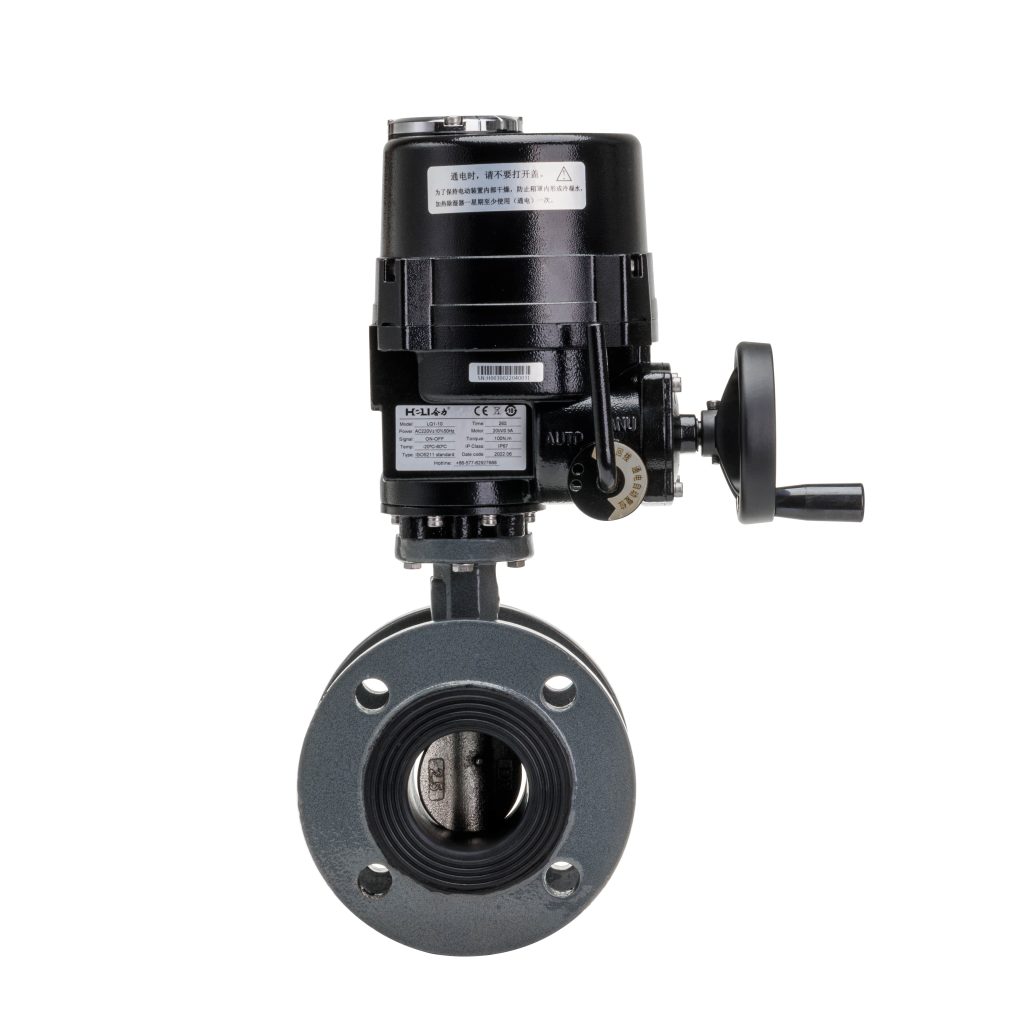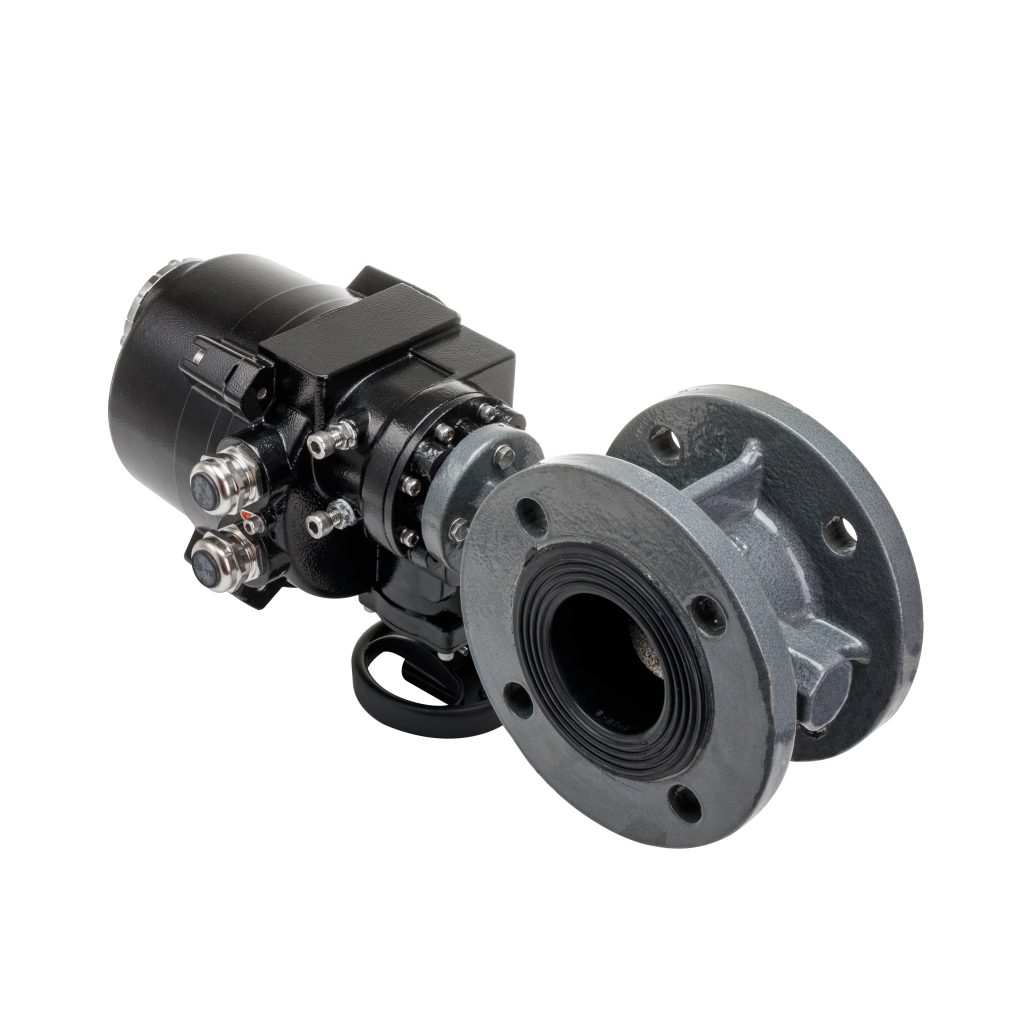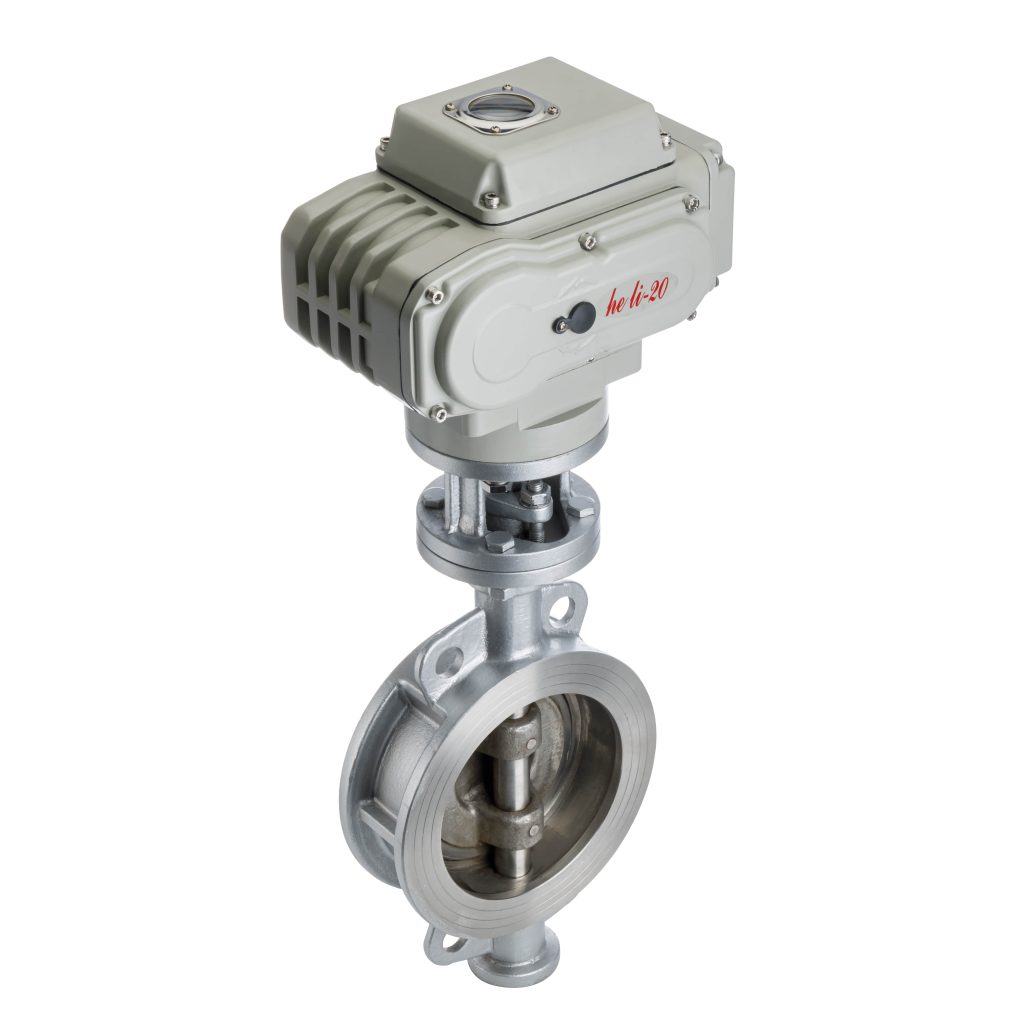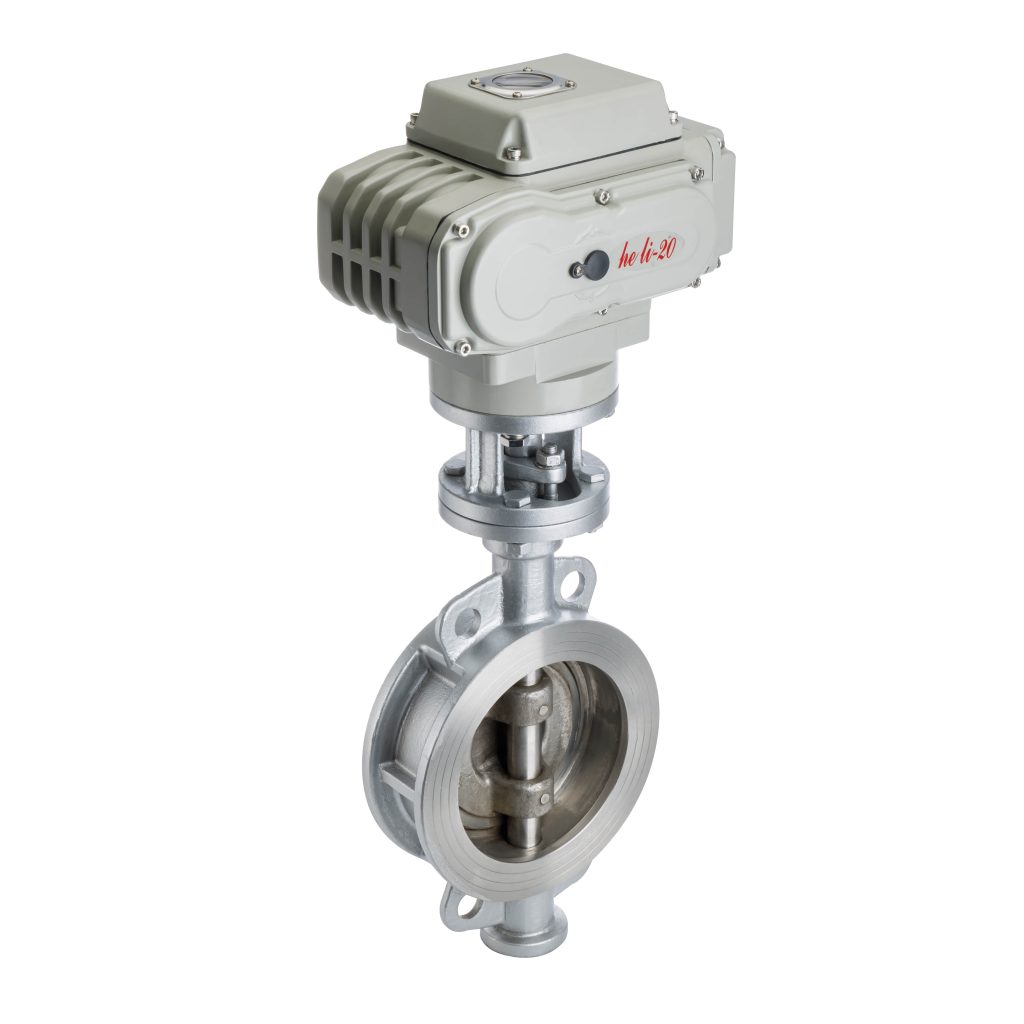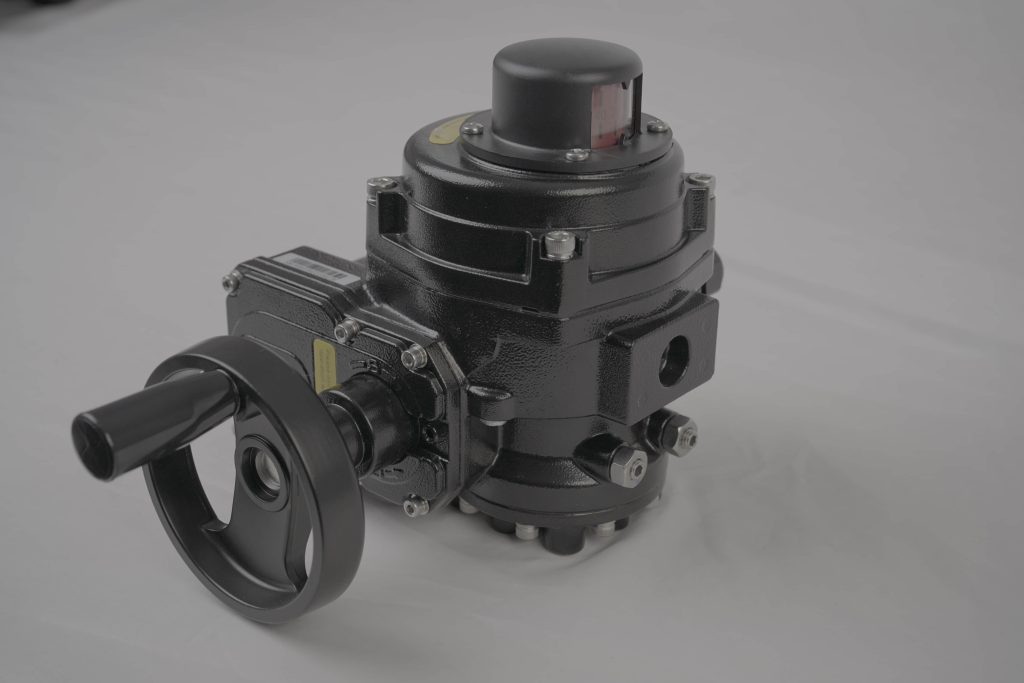Electric clamp butterfly valves are increasingly recognized as essential components in modern industrial systems, known for their efficiency, reliability, and ease of use. These valves are designed to control the flow of fluids in various applications, from water treatment to chemical processing. In this article, we will explore the design, operation, advantages, applications, and maintenance considerations of electric clamp butterfly valves.

Design and Operation

The electric clamp butterfly valve consists of a disc, a valve body, a clamp mechanism, and an electric actuator. The disc, which is the main control element, is mounted on a shaft that is positioned at the center of the valve body. When the valve is closed, the disc is perpendicular to the flow direction, effectively sealing the passage. When the valve is open, the disc rotates parallel to the flow, allowing fluid to pass through with minimal resistance. The clamp mechanism is a critical feature of this valve type. It provides a secure connection between the valve body and the pipeline, ensuring leak-proof operation. This is particularly important in applications where hygiene is a priority, such as food and beverage processing. The electric actuator allows for remote operation and precise control, making it suitable for automated systems.

